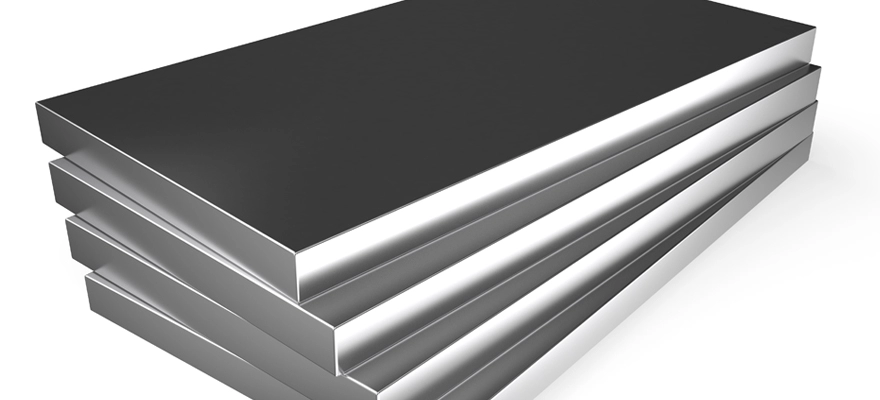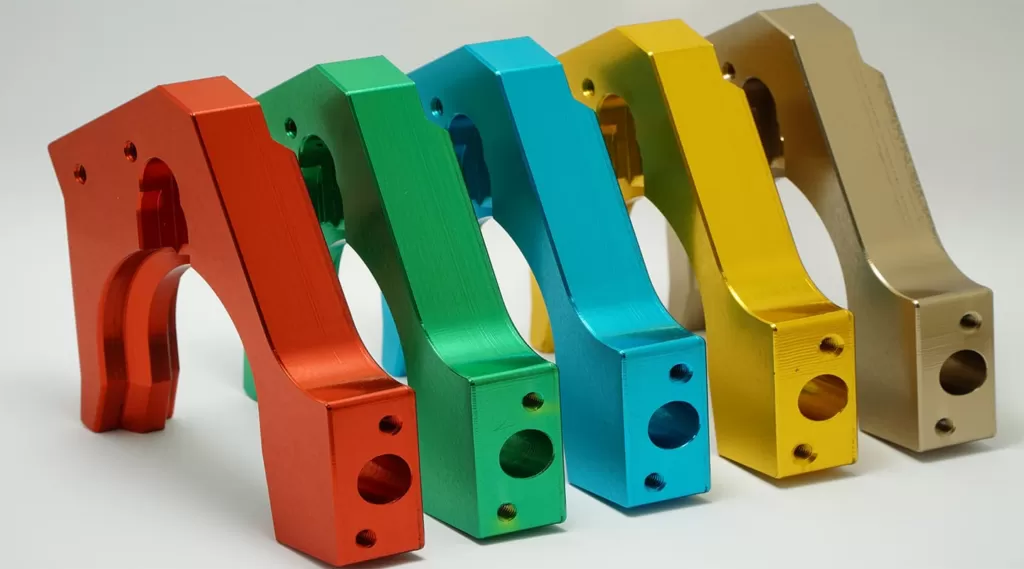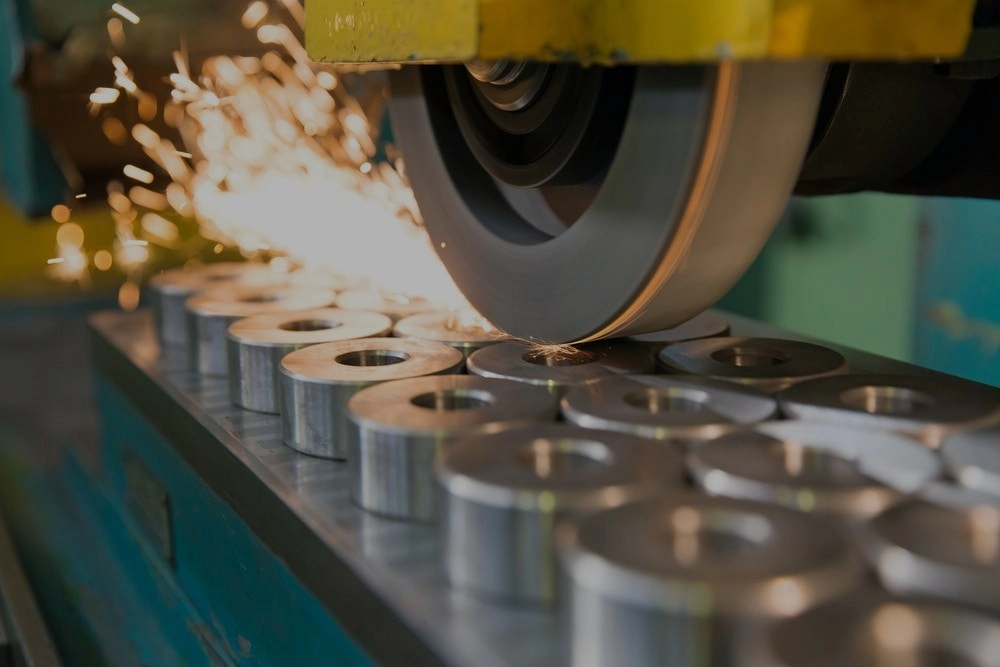Why Surface Finishing Matters for 316 Stainless Steel
Surface finishing plays a crucial role in enhancing the performance and appearance of 316 stainless steel. This alloy is known for its excellent corrosion resistance and durability, but proper surface treatment takes these benefits further. Finishing helps protect the steel from rust, wear, and environmental damage while improving its cleanliness and aesthetic appeal.
316 stainless steel is widely used in industries where hygiene and corrosion resistance are critical, such as medical, food processing, and marine applications. The right surface finish reduces surface roughness, minimizing areas where dirt and bacteria can accumulate. It also boosts the shield against harsh chemicals and saltwater, extending the life of the parts.
In addition to functionality, surface finishing improves the look of 316 stainless steel products. Whether you want a smooth mirror shine or a subtle matte texture, finishing techniques help meet specific visual and tactile requirements, making the material suitable for both industrial and decorative uses.
Ultimately, surface finishing is essential because it enhances corrosion resistance in 316 stainless steel, improves durability, ensures hygienic surfaces, and meets design expectations. Without it, the steel’s natural benefits cannot be fully optimized for demanding applications.
Common Surface Finishing Techniques for 316 Stainless Steel Mill Finish
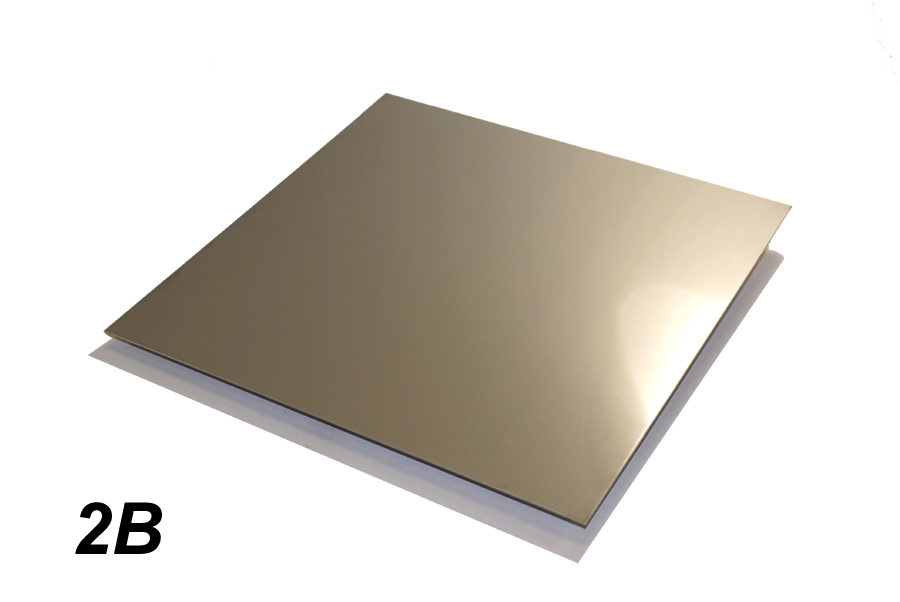
Mill finish is the most basic surface treatment for 316 stainless steel. It’s the natural look right off the production line, without any extra polishing or smoothing. This finish shows the raw texture left by the rolling or extrusion process, which means you’ll see some slight roughness and surface marks.
Here’s why mill finish is common and useful:
- Cost-effective: No extra work means lower cost.
- Good for further finishing: It’s the starting point if you want to apply other surface treatments like brushing or polishing.
- Functional: Offers decent corrosion resistance 316 stainless steel naturally provides without added treatment.
- Visible grain texture: The typical surface roughness gives beginners a basic grip or friction in some industrial parts.
Mill finish is widely used when appearance isn’t the main focus or when parts will undergo more processing. It’s practical for applications like structural components, industrial equipment, or pieces where welding and machining might come later.
For a smoother or more refined look, other stainless steel polishing techniques are usually applied after mill finish. But if you want a quick, reliable surface treatment, mill finish keeps things simple and effective.
Common Surface Finishing Techniques for 316 Stainless Steel Brushed Satin Finish
The brushed satin finish is a popular surface finishing option for 316 stainless steel, especially when you want a smooth, matte look with a bit of texture. This finish is achieved by polishing the metal with a fine abrasive belt or wire brush, which creates tiny, consistent scratches on the surface.
Here’s why the brushed satin finish stands out:
- Modern Appearance: It offers a sleek, non-reflective look that works well for appliances, kitchen equipment, and architectural elements.
- Hides Fingerprints and Scratches: Unlike mirror-polished surfaces, the satin finish is better at masking fingerprints, smudges, and minor scratches, which keeps the surface looking cleaner for longer.
- Improved Corrosion Resistance: The process slightly improves the corrosion resistance of 316 stainless steel by refining the surface, which is helpful in humid or marine environments.
- Hygienic Surface: The finish is easier to clean, making it a great choice for food processing or medical equipment where hygiene matters.
If you want a finish that balances style and function, brushed satin is a solid choice. It’s one of the most common stainless steel polishing techniques around and works well in everyday use as well as industrial settings.
For more on surface finish options and how to choose the right one for your job, check out our sheet metal surface finish options guide.
Common Surface Finishing Techniques for 316 Stainless Steel Mechanical Polishing
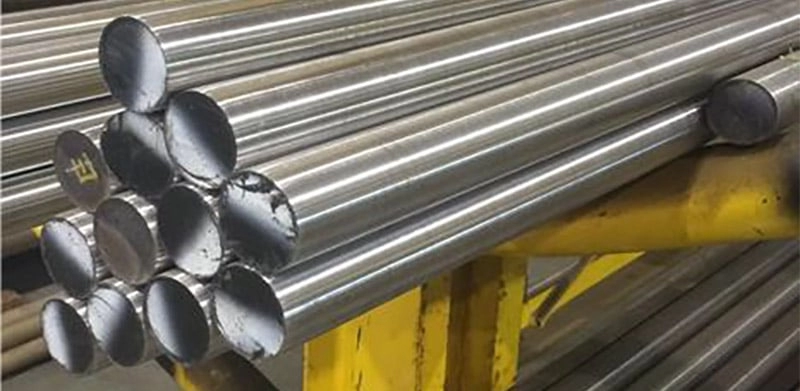
Mechanical polishing is a popular surface finishing technique for 316 stainless steel that smooths out rough surfaces and improves its appearance. This process uses abrasive pads or belts to buff the steel, gradually reducing surface roughness and creating a shiny, reflective finish.
Mechanical polishing helps enhance corrosion resistance by removing surface impurities and defects that could trap moisture or contaminants. It’s a preferred method when you want a clean, bright surface without changing the steel’s natural color or texture too much. This technique also preps the steel for other finishing treatments like passivation or electropolishing.
Key points about mechanical polishing for 316 stainless steel:
- Removes scratches, burrs, and surface imperfections
- Creates a smooth, glossy finish or a softer satin look depending on grit level
- Boosts corrosion resistance by cleaning the surface
- Often paired with CNC machining for precise, consistent finishes
- Suitable for applications needing hygienic, easy-to-clean surfaces
For many businesses in the US, mechanical polishing is an effective way to get a durable, attractive finish on stainless steel parts without adding significant cost or complexity.
Common Surface Finishing Techniques for 316 Stainless Steel Electropolishing
Electropolishing is a popular surface finishing technique for 316 stainless steel that improves both appearance and performance. It works by removing a thin layer of metal using an electrochemical process, which smooths out the surface at a microscopic level. This results in a shiny, clean finish with reduced surface roughness.
The benefits of electropolishing 316 stainless steel include:
- Enhanced corrosion resistance by eliminating surface impurities and contaminants
- A hygienic stainless steel finish, perfect for medical, food, and pharmaceutical industries
- Improved surface cleanliness that helps prevent bacteria buildup
- Reduced risk of metal fatigue and stress corrosion cracking
Electropolishing is ideal when you need a bright, smooth, and durable finish with superior corrosion resistance. It’s a top choice for industries where both aesthetics and cleanliness matter, especially in CNC surface finishing services focused on stainless steel polishing techniques.
Common Surface Finishing Techniques for 316 Stainless Steel Passivation
Passivation is a crucial surface finishing technique for 316 stainless steel. It involves treating the steel with a mild acid solution, usually nitric or citric acid, to remove free iron and other contaminants from the surface. This process enhances the natural corrosion resistance of 316 stainless steel by promoting the formation of a thin, protective oxide layer.
Here’s why passivation matters:
- Improves corrosion resistance by cleaning and protecting the surface.
- Prevents rust and stains, especially important in humid or harsh environments.
- Enhances surface durability without altering the steel’s appearance or roughness.
Passivation is commonly used in industries where hygiene and longevity are key, like food processing, pharmaceuticals, and medical devices. It’s a popular choice for those looking to maintain the natural finish of 316 stainless steel while maximizing protection against rust and corrosion.
If you want a reliable, low-maintenance option to keep your stainless steel looking good and performing well, passivation is one of the best 316 stainless steel surface treatments available.
Common Surface Finishing Techniques for 316 Stainless Steel Bead Blasting
Bead blasting is a popular surface finishing method for 316 stainless steel that creates a smooth, matte texture. This process uses tiny glass or ceramic beads blasted at high pressure to gently clean and texture the surface. It’s a great way to reduce stainless steel surface roughness without changing the metal’s composition.
Here’s why bead blasting stands out for 316 stainless steel surface treatment:
- Consistent Finish: It produces an even, uniform look that hides fingerprints and minor scratches.
- Improves Corrosion Resistance: By removing surface contaminants, bead blasting helps prepare the steel for further treatments like passivation.
- Enhances Cleaning: The matte finish makes the surface less reflective and easier to maintain, which is perfect for hygienic stainless steel finishes.
- Customizable Texture: You can vary the bead size and pressure to get anything from a very fine satin finish to a more textured look.
For industries like food processing, medical equipment, and architectural work, bead blasting is a cost-effective way to keep 316 stainless steel looking clean and durable. Plus, it pairs well with CNC surface finishing services to get exact specifications on surface roughness.
If you’re looking for a simple but effective finish that boosts corrosion resistance and looks professional, bead blasting 316 stainless steel is a solid choice.
Key Considerations for Choosing a Surface Finish
Picking the right surface finishing for 316 stainless steel depends on a few main factors. Here’s what you should keep in mind:
-
Corrosion Resistance
316 stainless steel is known for its corrosion resistance, but the finish affects how well it holds up, especially in harsh environments. Electropolishing and passivation boost corrosion resistance, making them great choices for marine or medical applications.
-
Aesthetic Requirements
Think about how the final product should look. A brushed satin finish gives a sleek, modern look, while mechanical polishing can deliver a mirror-like shine. Mill finish is budget-friendly but less visually appealing.
-
Surface Roughness
The smoothness of the finish impacts not only appearance but also hygiene and cleanability. Smooth finishes like electropolishing reduce surface roughness, which helps prevent bacterial buildup — a key point in food processing or healthcare.
-
Functionality and Durability
Some finishes add extra durability. For example, bead blasting creates a matte, textured surface that hides scratches and fingerprints well. Mechanical polishing can make surfaces more resistant to fouling and wear.
-
Cost and Process Time
Different surface treatments come with different price points and lead times. Mill finish and bead blasting are generally more affordable and faster. Electropolishing and passivation might take longer but are worth it for the added performance.
-
Application Environment
Consider where your finished piece will be used. Outdoors or chemical environments demand finishes that offer better corrosion protection. Indoor decorative parts may prioritize looks over function.
By focusing on these points, you can choose the best 316 stainless steel surface treatment that fits your budget, aesthetic, and performance needs.
Industry Applications of 316 Stainless Steel Surface Finishing
316 stainless steel is popular across many industries because of its excellent corrosion resistance and durability. The right surface finishing can boost these qualities and tailor the metal for specific uses. Here’s where you’ll often find finished 316 stainless steel in action:
-
Food and Beverage
Smooth, hygienic finishes like electropolishing and passivation help keep surfaces clean and resistant to contamination, making 316 stainless steel ideal for food processing equipment and kitchen appliances.
-
Medical and Pharmaceutical
Surfaces finished through polishing or passivation reduce bacterial growth and make parts easier to sterilize, which is vital for surgical tools, medical devices, and pharmaceutical manufacturing.
-
Marine and Coastal Equipment
Surface finishing techniques like bead blasting and electropolishing improve corrosion resistance against saltwater and harsh environments, protecting boat fittings, offshore rigs, and coastal constructions.
-
Chemical Processing
Chemical tanks and piping require surfaces that resist aggressive substances. Proper finishing enhances corrosion resistance and extends equipment life.
-
Architectural and Decorative
Brushed satin or polished finishes add aesthetic appeal while maintaining durability for building facades, railings, and trim.
-
Automotive and Aerospace
Surface treatments reduce wear and improve part longevity for components exposed to tough conditions.
In short, the right surface finish on 316 stainless steel enhances its natural strengths to fit the exact demands of these industries. Whether it’s preventing rust in a coastal setting or ensuring sanitary conditions in food production, finishing makes a big difference.
Why Choose HYCNC for 316 Stainless Steel Surface Finishing
When it comes to surface finishing for 316 stainless steel, HYCNC stands out as a trusted partner. We offer precise CNC surface finishing services tailored to your specific needs, ensuring top-quality results every time. Our expertise covers all popular stainless steel polishing techniques, from electropolishing and passivation to brushed and bead blasting finishes.
Here’s why customers across the US choose HYCNC:
- Consistent Quality: We deliver uniform finishes that enhance corrosion resistance and surface smoothness, crucial for hygienic stainless steel finishes.
- Advanced Equipment: Our CNC machines are set up to handle 316 stainless steel with precision, reducing surface roughness and improving durability.
- Fast Turnaround: We understand tight deadlines and provide efficient processing without compromising on quality.
- Industry Experience: Whether you need surface finishing for medical, food processing, or architectural applications, we know the standards and deliver accordingly.
- Customized Solutions: We work with you to select the best surface treatment for your project, balancing aesthetics, performance, and cost.
Choosing HYCNC means you get a partner who knows 316 stainless steel inside and out and is committed to making your parts look and perform their best.
FAQs About 316 Stainless Steel Surface Finishing
What is the best surface finish for corrosion resistance on 316 stainless steel?
Electropolishing and passivation are top choices for boosting corrosion resistance. Both enhance the protective chromium oxide layer, making the steel more durable against rust and stains.
How does a brushed finish differ from a polished one?
A brushed finish has a satin-like, textured look with fine lines, while polished finishes are smooth and shiny. Brushed finishes hide scratches better and are common in kitchen and architectural applications.
Is bead blasting good for hygienic stainless steel finishes?
Yes, bead blasting creates a uniform matte surface that’s easy to clean, making it suitable for hygienic environments like food processing and medical equipment.
Can I improve surface roughness with CNC surface finishing services?
Absolutely. CNC companies, including us at HYCNC, specialize in refining stainless steel surface roughness to meet specific requirements, from smooth to textured finishes.
What does passivation do for 316 stainless steel?
Passivation removes surface contaminants and naturally enhances the steel’s corrosion resistance by thickening its protective oxide layer. For more details, check our stainless steel passivation guide.
Are mechanical polishing and electropolishing the same?
No, mechanical polishing uses abrasive tools to smooth surfaces physically, while electropolishing is an electrochemical process that smooths and cleans the metal at a microscopic level, improving cleanliness and corrosion resistance.
Which surface finishing is best for parts used outdoors?
Electropolishing and passivation are ideal for outdoor parts because they offer superior protection against weathering and corrosion compared to mill or brushed finishes.
If you want to explore all surface finishing options for your 316 stainless steel projects, visit our CNC surface finishing services page for expert support.

